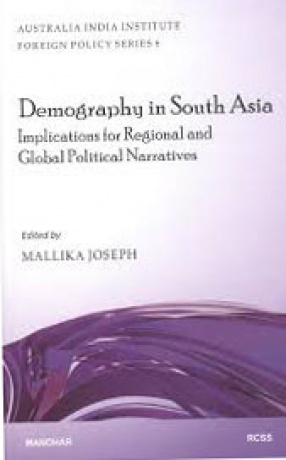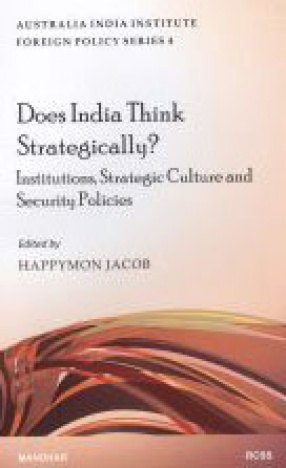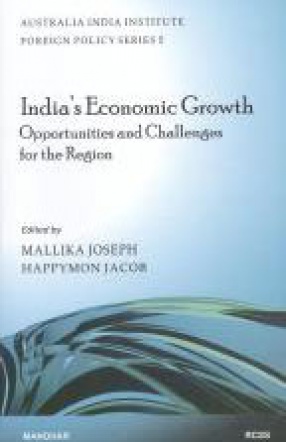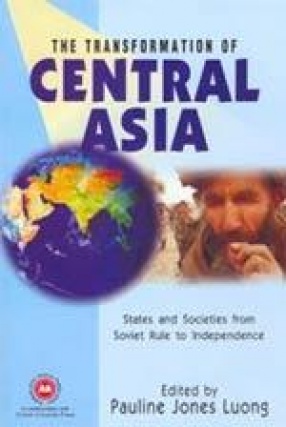Population growth patterns and sizes remain significant factors that affect economic and political opportunities. In the case of South Asia, there will be implications of both population rise as well as their migration. Over the past few years, all the countries in the region experienced swift demographic changes and will continue to do so. With the exception of Afghanistan, all the other countries have experienced a youth bulge. If this youth bulge can be transformed into an able workforce in the coming decade, these countries could experience high economic growth rates.
However, the demographic transition alone cannot help a country realize the population dividend, as it needs to be facilitated by a variety of factors,foremost among which are policies that provide for high quality education, create a more conducive environment for investments, and the pave the way for an increased participation of women in the workforce. In the absence of such policies the demographic change could very well have negative implications for the countries concerned.
For the purpose of this volume, the implications of South Asia’s demographic changes need to be analyzed in terms of the increase in the population as well as migration of people, the latter having implications for countries such as Australia, Canada, the U.S and those in Europe. The first eight chapters will focus on the eight South Asian countries, while the next four chapters will focus on the issue from the perspective of the destination countries, Australia, Canada, the U.S. and the European Union.









There are no reviews yet.